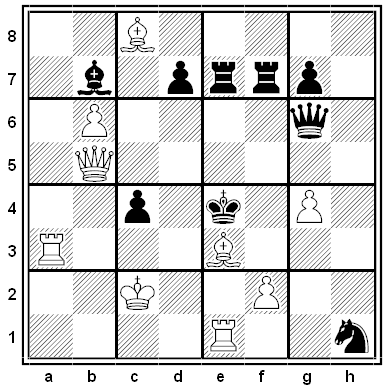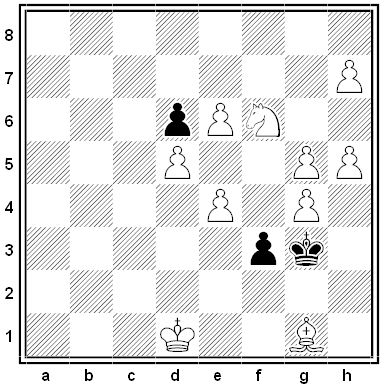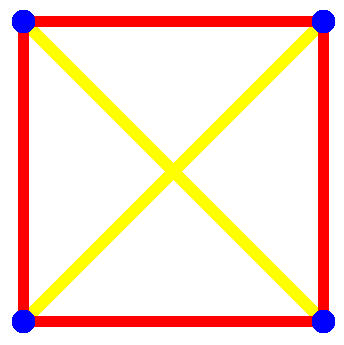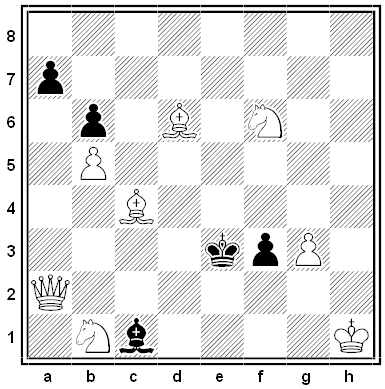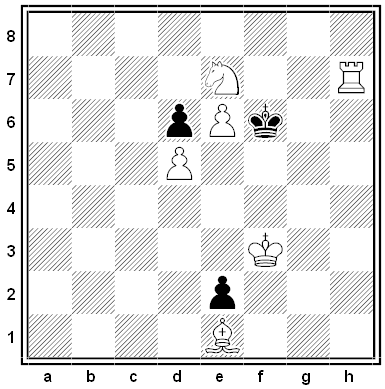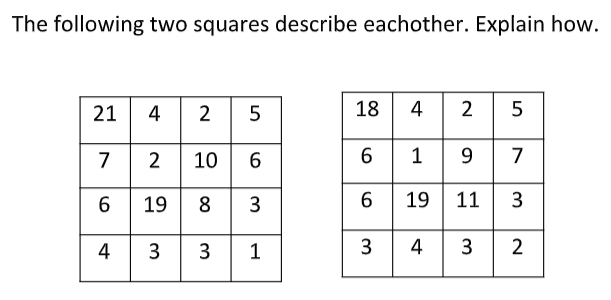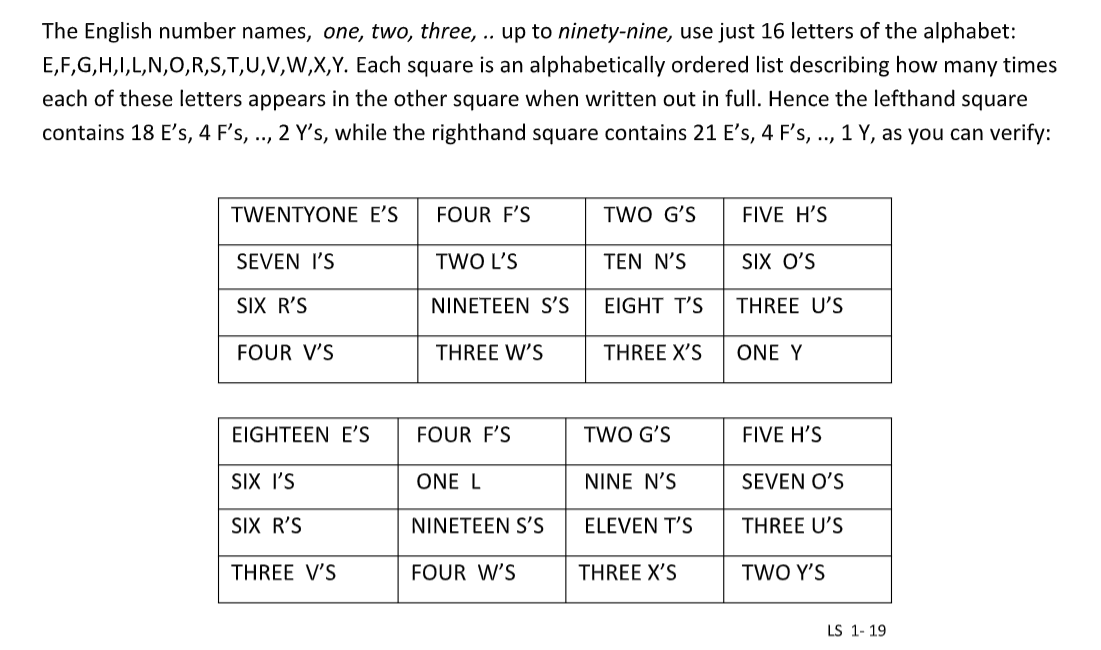At a Mensa gathering in 2003, Robert Abbott tried out a new type of maze — five bureaucrats sit at desks, and solvers carry forms among them:
When you enter the maze you are given a form that says, ‘Take this to the desk labeled Human Resources.’ You look for the desk with the nameplate Human Resources, you hand in your form to the bureaucrat at that desk, and he gives you another form. This one says, ‘Take this form to Information Management or Marketing.’ Hmm, there is now a choice. Let’s say you decide to go to Information Management. You hand in your form and receive one that says, ‘Take this form to Employee Benefits or Marketing.’ You decide on Employee Benefits where you receive a form saying, ‘Take this form to Corporate Compliance or Human Resources.’
Of the 30 participants, half gave up fairly soon, but the rest kept going until they’d solved it, taking 45 minutes on average. Here’s an online version with four desks, and here’s a fuller description of the project and its variants, including a Kafkaesque 2005 version by Wei-Hwa Huang in which the participants don’t know they’re in a maze.
More of Abbott’s logic mazes.
